Tomorrow morning at 2am we will be leaving Everest basecamp for our final summit push. We know the routine: a silent breakfast, reflective pause at the stupa, headlight on followed by a 7 hour trip to C2.
Our mantra over the next 4 days will be to conserve our energy by moving up efficiently, listen to the body, block out camp chatter and focus on our own journey. We know rough rules of thumb for a successful attempt: continued nutrition, hydration, rest, ventilation and frost protection. Focus, mental drive and yet an encumbered mind.
There are a few things that we know we do not know with any precision: the weather and the workings of a human body.
We are taking a calculated risk based a number of forecasts that the winds will remain relatively low for our summit window on May 15th. That may change and we are mentally prepared to unwind the journey back to the base camp, only to attempt to repeat it again in a few days time. Of course, easier said than done. Behavioural traps abound and we will have to rely on each other for a reality check.
Then come mysterious workings of a human body. A few days ago, a random blood test performed at EBC on Richard Parks, UK’s extreme environment athlete and a current holder of the Explorers Grand Slam record, revealed, along with a strong base level of acclimatisation, a case of high blood viscosity, potential pre-curser to a stroke. That ended his bid to summit Everest without oxygen. At the time of the test Richard felt great and was therefore incredibly conflicted about the need to leave Nepal.
Another experienced climber who was unusually slow to get through the first hurdles of the icefall was referred to the HRA clinic here and subsequently diagnosed with an extremely elevated level of muscle enzymes (CPK), a precursor to a variety of serious disorders.
This begs a question as to ‘what do I not know about my body on the eve of subjecting it to the stress of extreme altitude?’ Hm…. like FDA’s ban on 123andme.com genetic testing, this is best left unanswered…
At basecamp we have been fortunate to share a company of Lydia Bradey, one of AC’s guides and a first woman to summit Everest without supplemental oxygen. Lydia was 27 at the time of the attempt in the spring of 1988. Her recent book ‘Going Up Is Easy’ reveals a picture of a strong-minded young woman heading solo into the darkness of the route that we are about to take. She was extraordinarily brave given very thin margin for error. The economy of her summit arrangement – solo, light and with the gear of 1980s – puts our attempt on a different risk spectrum and brings some consolation. I have a strong climbing partner with a support of 3 sherpas. I am 42 years old and have dealt with the pitfalls of decision-making over the past 18 years in my professional career. I close my eyes and pray for curtailed ego, sane mind, strong body, uneventful weather and our safe return.



Leave a Reply